
🐍 What to Do If You’re Bitten by a Snake — When Help Is Far Away
Walking along a rocky trail.
Lifting a fallen log while gathering firewood.
Then suddenly — a flash of movement.
A sting of pain.
A wave of fear.
👉 You’ve just been bitten by a snake.
In remote terrain where cell service drops to zero and help may be hours away, your reaction in the next few minutes matters more than anything else. Many people imagine snakebites as instant, fatal events — but reality is far less dramatic and far more survivable.
In fact, most snakebites do not result in death, and many don’t even involve venom. What truly determines the outcome is your ability to stay calm, reduce movement, and make rational decisions.
Dr. Pavel Volchkov, infectious disease specialist and immunologist, emphasizes one core truth: prevention is the most effective protection. Once venom enters the bloodstream, the only real treatment is antivenom — something you likely won’t have in the field.
So let’s break down what to do, what to avoid, and how to think clearly when help is far away.
Because real survival isn’t about bravery.
It’s about composure, patience, and smart habits.
🛡️ The Best Defense: Prevent the Encounter
The simplest way to survive a snakebite is to avoid being bitten in the first place. Most snakes want absolutely nothing to do with humans — they strike only when startled, cornered, or handled.
Essential Outdoor Prevention Tips
-
Wear sturdy boots and long pants
Protects your lower legs, the most common bite zone. -
Stay on open, established trails
Tall grass, leaf piles, and rock crevices are natural hiding spots. -
Look carefully before stepping or placing your hands
Especially when climbing, scrambling, or picking up firewood. -
Use a flashlight at night
Many species are more active at dusk and in warm evening hours. -
Never try to handle, move, or provoke a snake
Over half of bites occur during unnecessary interaction or attempts to “help” the animal.
🪴 Reminder: Most snakes retreat when they detect humans. They don’t want a fight — but they will defend themselves if surprised.
⚠️ Recognizing a Venomous Bite
Not every bite injects venom (a “dry bite”), but you should assume envenomation until proven otherwise.
Common Signs of Venomous Envenomation
-
Two puncture wounds – immediately visible
-
Rapid swelling, redness, or bruising – within minutes to hours
-
Severe pain at the site – often intense and fast-developing
-
Nausea, dizziness, weakness – can appear within 30 minutes
-
Trouble breathing or blurred vision – late-stage, emergency signs
Venomous Snakes in North America
-
Rattlesnakes
-
Copperheads
-
Cottonmouths (water moccasins)
-
Coral snakes
In other regions, dangerous species vary, so research local wildlife before traveling or hiking.
🚑 What to Do If You're Bitten (When No Ambulance Is Coming Soon)
When you’re alone or deep in the wilderness, the priority is slowing venom spread and protecting your heart rate.
1. Stay Calm
Panic accelerates your pulse → venom circulates faster.
Tell yourself: Most bites are survivable with proper management.
💡 Breathe slowly, deeply, and deliberately.
2. Move Away Slowly
Step back from the snake. Don’t attempt to capture or kill it.
If safe, make a quick mental note of its color or pattern — this helps doctors later.
🛑 Do NOT run. Running increases blood flow and accelerates venom absorption.
3. Immobilize the Affected Limb
-
Keep the bite below heart level
-
Use a splint or sling to reduce movement
-
Remove rings, bracelets, or tight clothing before swelling worsens
The goal: minimize muscle activity and slow circulation.
4. Stay Still and Conserve Energy
Sit or lie down.
If you’re with others, one person should hike out for help while another stays with you.
📌 In wilderness rescue training, moving slowly is safer than rushing.
5. Monitor Symptoms
Every 15–30 minutes, check:
-
Pulse
-
Breathing
-
Level of consciousness
Record the time of the bite and any changes.
This information helps medical teams choose the correct antivenom and dosage.
❌ What NOT to Do (Common Myths That Make Things Worse)
-
❌ Don’t cut the wound or suck out venom
Ineffective and increases infection. -
❌ Don’t use a tourniquet
Can cause permanent damage or require amputation. -
❌ Don’t apply ice
Cold worsens tissue injury. -
❌ Don’t drink alcohol or caffeine
Both raise heart rate. -
❌ Don’t apply herbs or traditional poultices
They delay real treatment and don’t neutralize venom.
🚫 There is no legitimate natural antidote for snake venom.
🧭 If You Must Self-Evacuate
If rescue won’t reach you and you have to walk out:
-
Move slowly and steadily
-
Keep the bitten limb low and supported
-
Drink small amounts of water to stay hydrated
-
Rest frequently — exhaustion accelerates venom spread
🚶 Even a short distance can take much longer than you expect. That’s normal — take your time.
💉 When You Reach Medical Care
At a clinic or hospital, professionals will:
-
Evaluate the severity of envenomation
-
Administer antivenom if needed
-
Treat complications such as shock, clotting issues, or organ strain
Recovery depends on:
-
Snake species
-
Venom amount
-
Time to treatment
-
Your overall health
With timely care, most people recover fully.
🌿 Final Thoughts
You don’t need to fear every rustling leaf or shadow on the trail.
But you should respect wildlife and the environments creatures call home.
So the next time you enter snake territory, pause for a moment:
Wear proper boots.
Watch your step.
Carry a whistle or satellite communicator if you’ll be far off-grid.
And if the unexpected happens?
Stay calm.
Stay still.
Stay smart.
Survival isn't about muscle or fearlessness — it’s about patience, preparation, and making steady decisions when it matters most.
And that kind of wisdom?
It could save your life.
News in the same category


Eating More Than One Egg a Week May Slash Alzheimer’s Risk by 47%

CRISPR Breakthrough Offers Hope for a Potential HIV Cure

Four Teens Risk Their Lives to Rescue Elderly Neighbor from Burning Home in Sapulpa

Sugar May Be a Bigger Threat to Heart Health Than Cholesterol, New Study Finds

Time Is an Illusion: Quantum Physics Suggests Every Moment Exists at Once
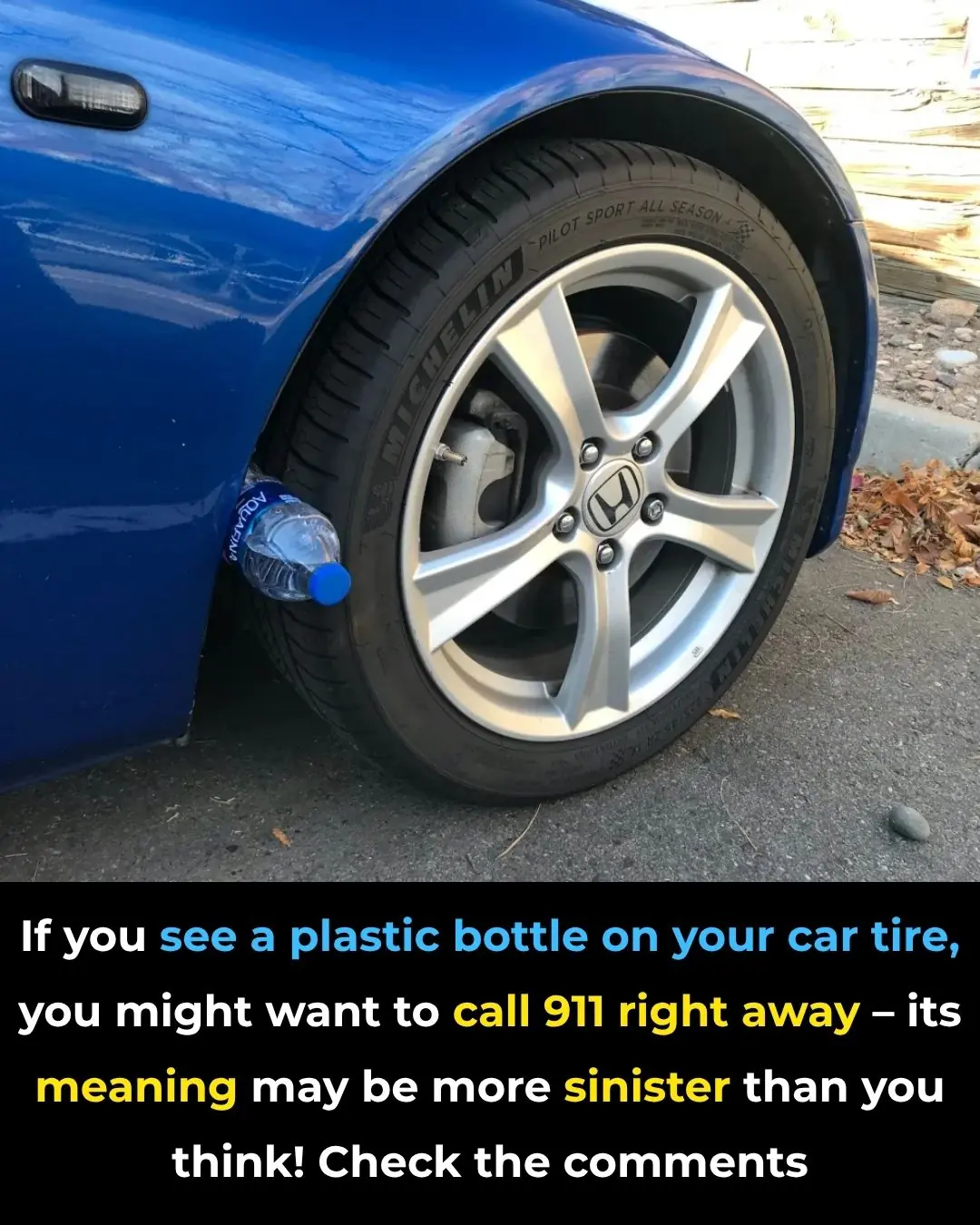
Beware of the Plastic Bottle Scam
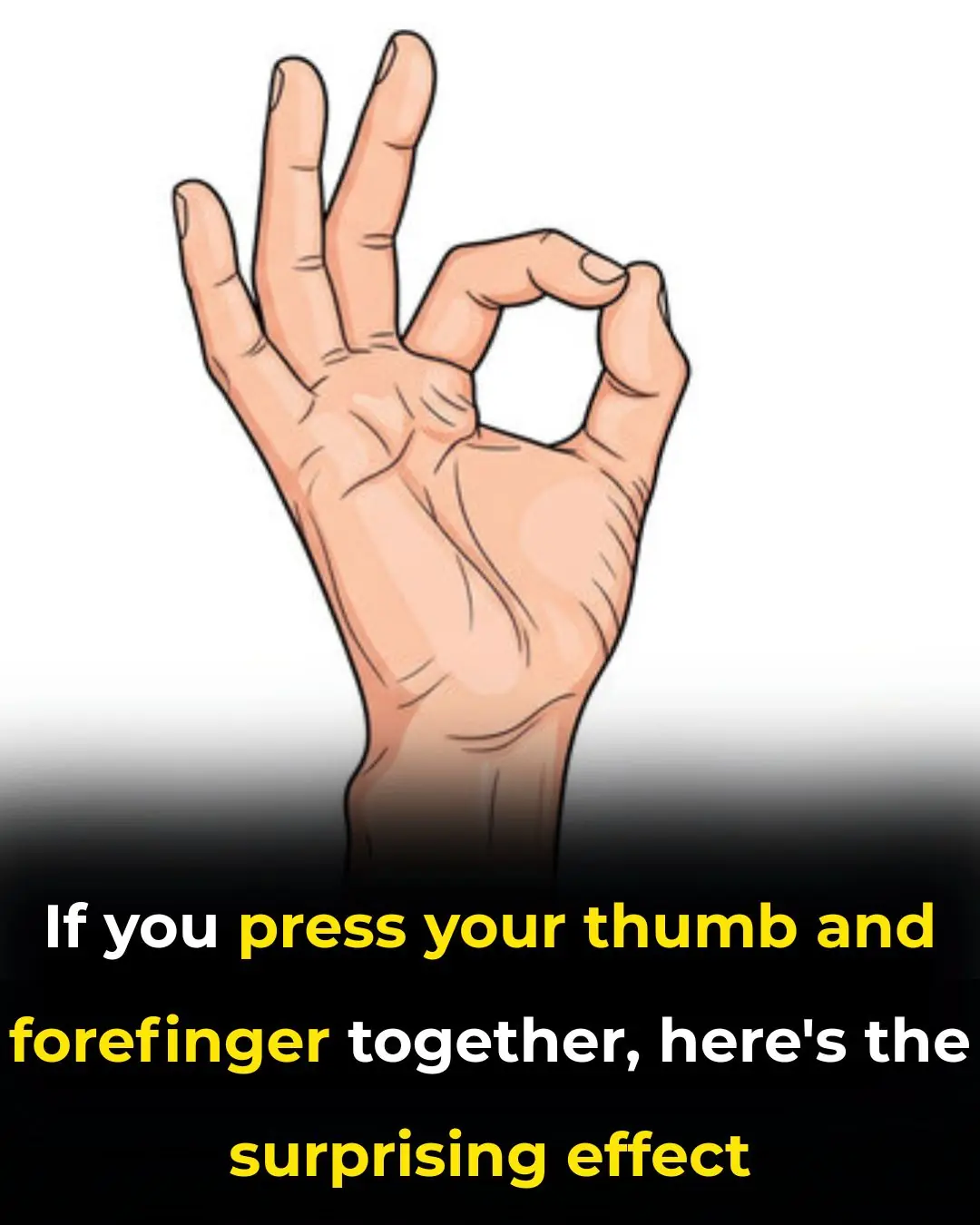
Had no clue about this

For those who sleep with wet hair, you should know that…

Hidden Message Behind Finding a White Feather

Why We Can’t Sleep Without a Blanket Even on Hot Nights

Revolutionary mRNA Therapy Shows Promise in Preventing Pancreatic Cancer Recurrence

MIT Scientists Develop Injectable Gel That Can Fully Repair Nerves and Restore Sensation

A New Era of Computing: China’s Quantum Machine Surpasses the World’s Fastest Supercomputers

Reviving the Brain’s Waste-Clearing Pathways May Reverse Alzheimer’s Damage

New CRISPR Therapy Shows Promise in Removing HIV and Preventing Viral Rebound

Japanese Scientists Develop Drug That Could Regrow Human Teeth

White House Gives Major Update On Donald Trump's
News Post

Banish Congestion Now! The Fiery Root That Clears Lungs & Sinuses INSTANTLY

10 DIY Beauty Cubes for Beautiful & Flawless Skin
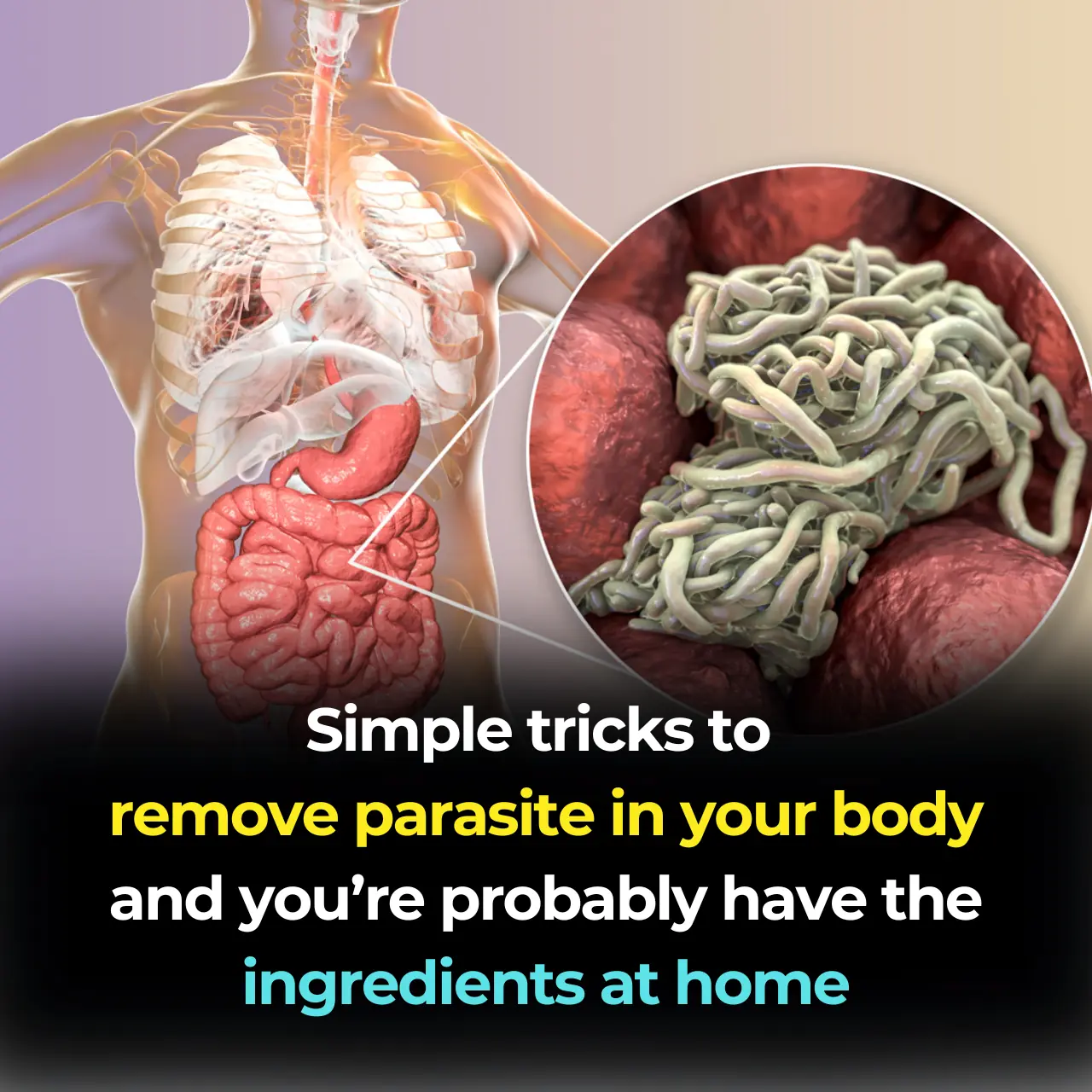
How to Get Rid of Worms in Humans (Including Parasite Cleanse Diet)

How Two Quiet Hours a Day Can Rebuild Your Brain

13 Warning Signs of High Blood Sugar and 9 Ways to Take Control of Your Health

What Are Tonsil Stones

Powerful Health Benefits of Pineapple You Should Know

Nerve Pain Relief? The Vitamin Deficiency You Never Suspected!

Eat More Red Onions: It Inhibits Cancer Cells, Stops Nosebleeds And Protects The Heart
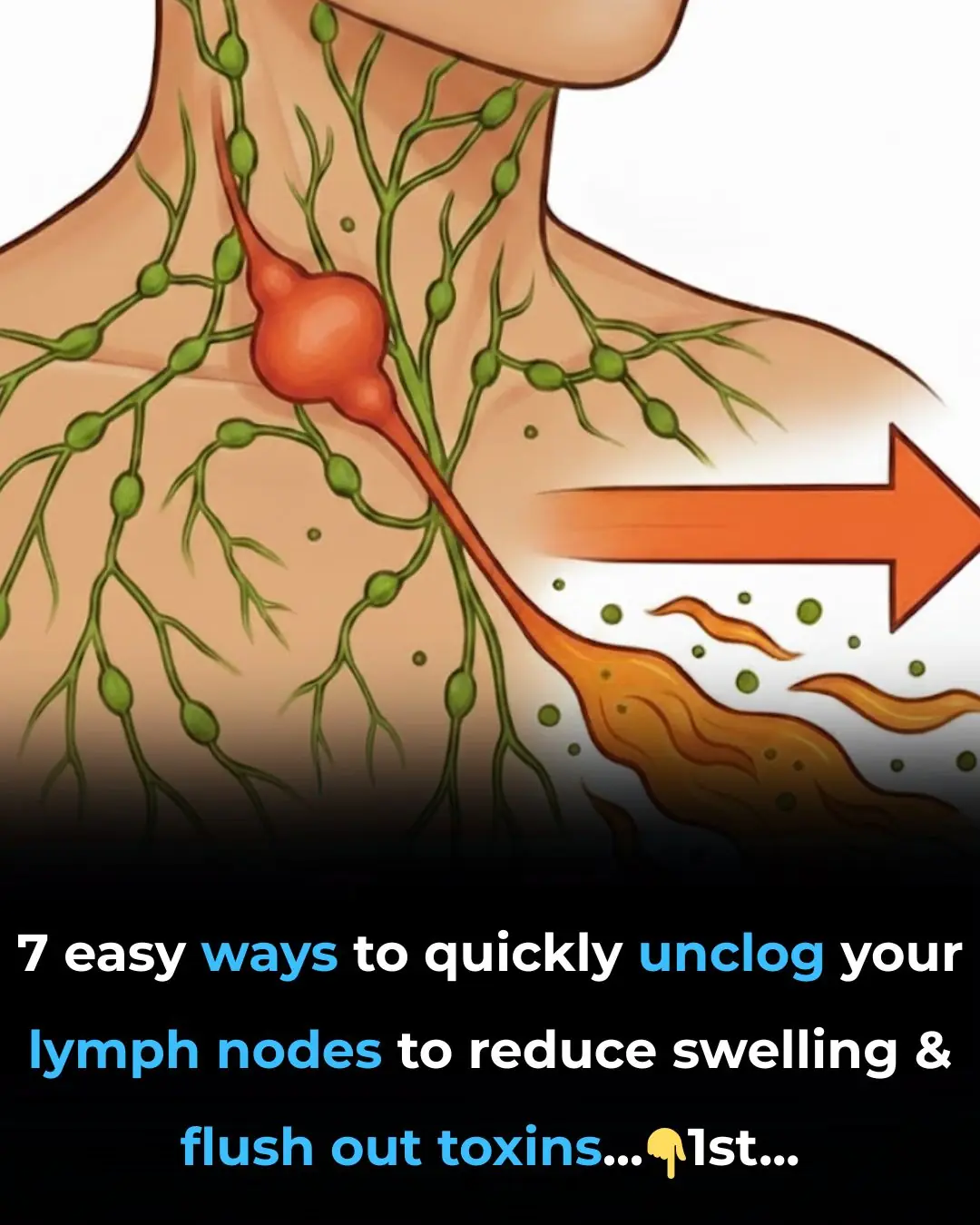
7 Easy Ways To Quickly Unclog Your Lymph Nodes To Reduce Swelling And Flush Out Toxins

5 Homemade Face Packs for Dry Skin in Winter | DIY Winter Face Packs for Glowing Skin

Beetroot Face Gel for Clear Skin – Rosy Cheeks & Pink Blushing Skin
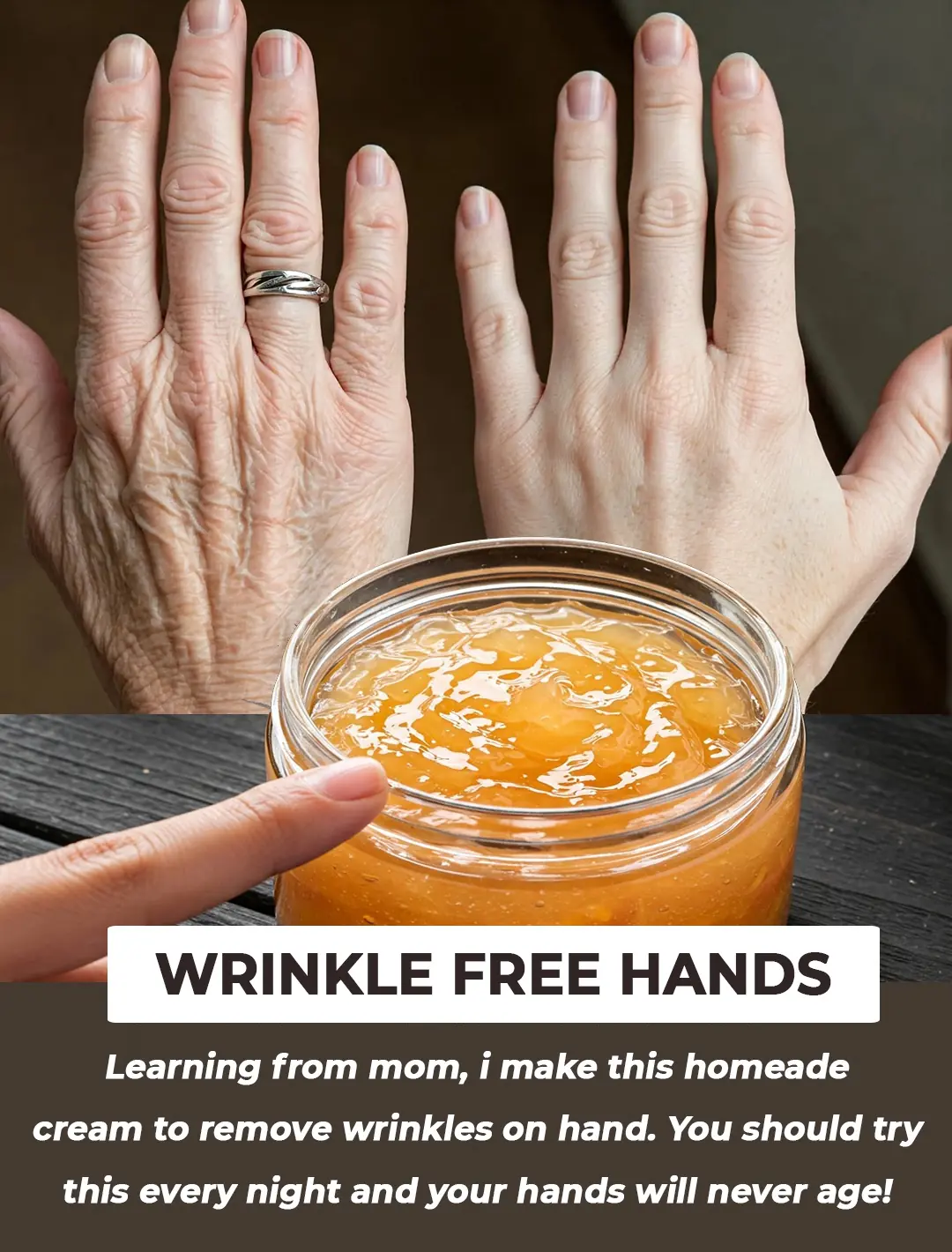
How to Remove Wrinkles from Hands – Wrinkle-Free Hands – Home Remedies

Weight Loss Drink: Consume These 2 Detox Drinks To Lose Weight

Potato Gel for Glowing Skin & Dark Spots
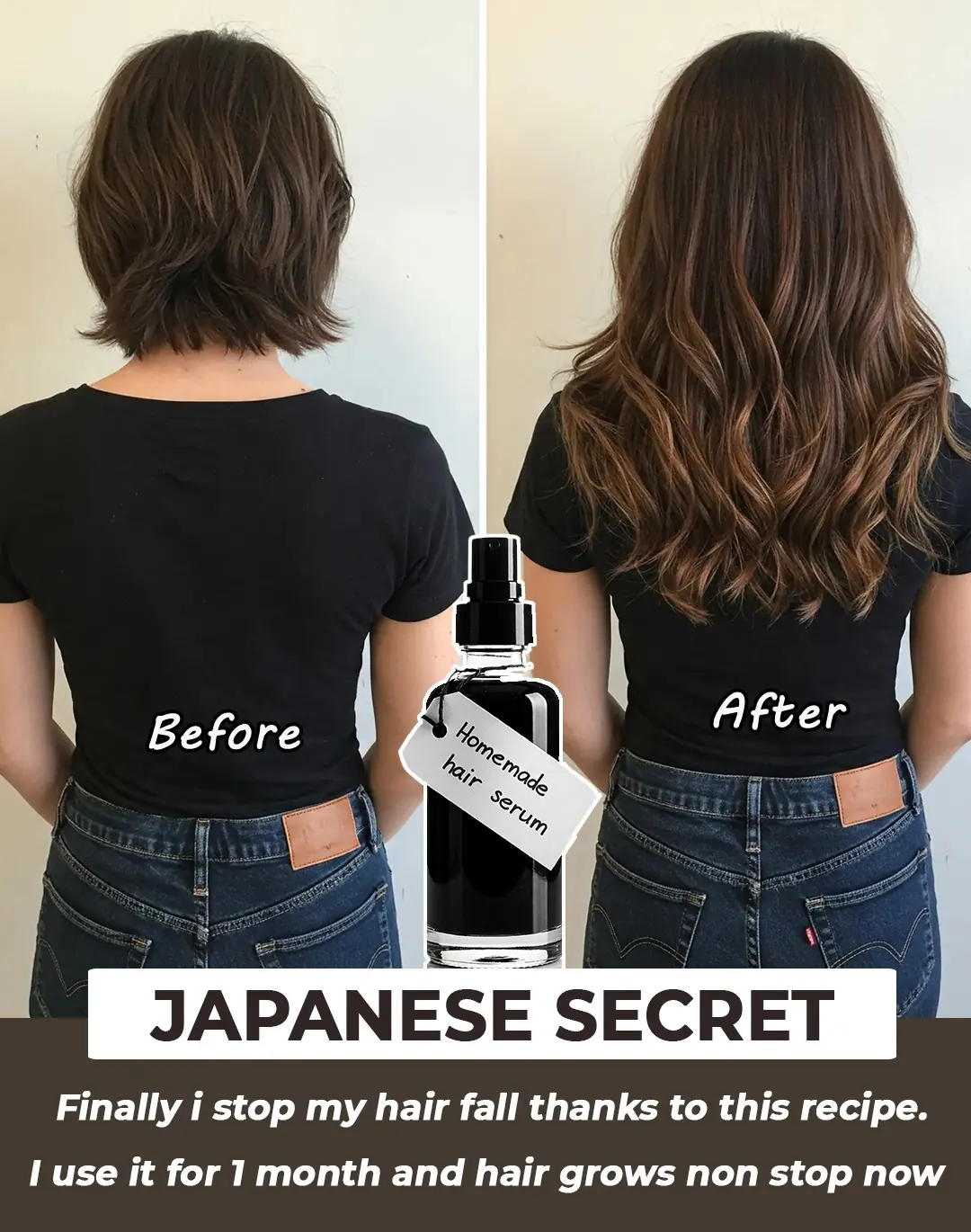
Unlocking the Japanese Secret to Incredible Hair Growth: How Fenugreek Seeds Can Transform Your Hair

How to use potato to make your hair grow faster

5 Ultimate Recipes for Beauty Ice Cubes That Transform Your Skin
